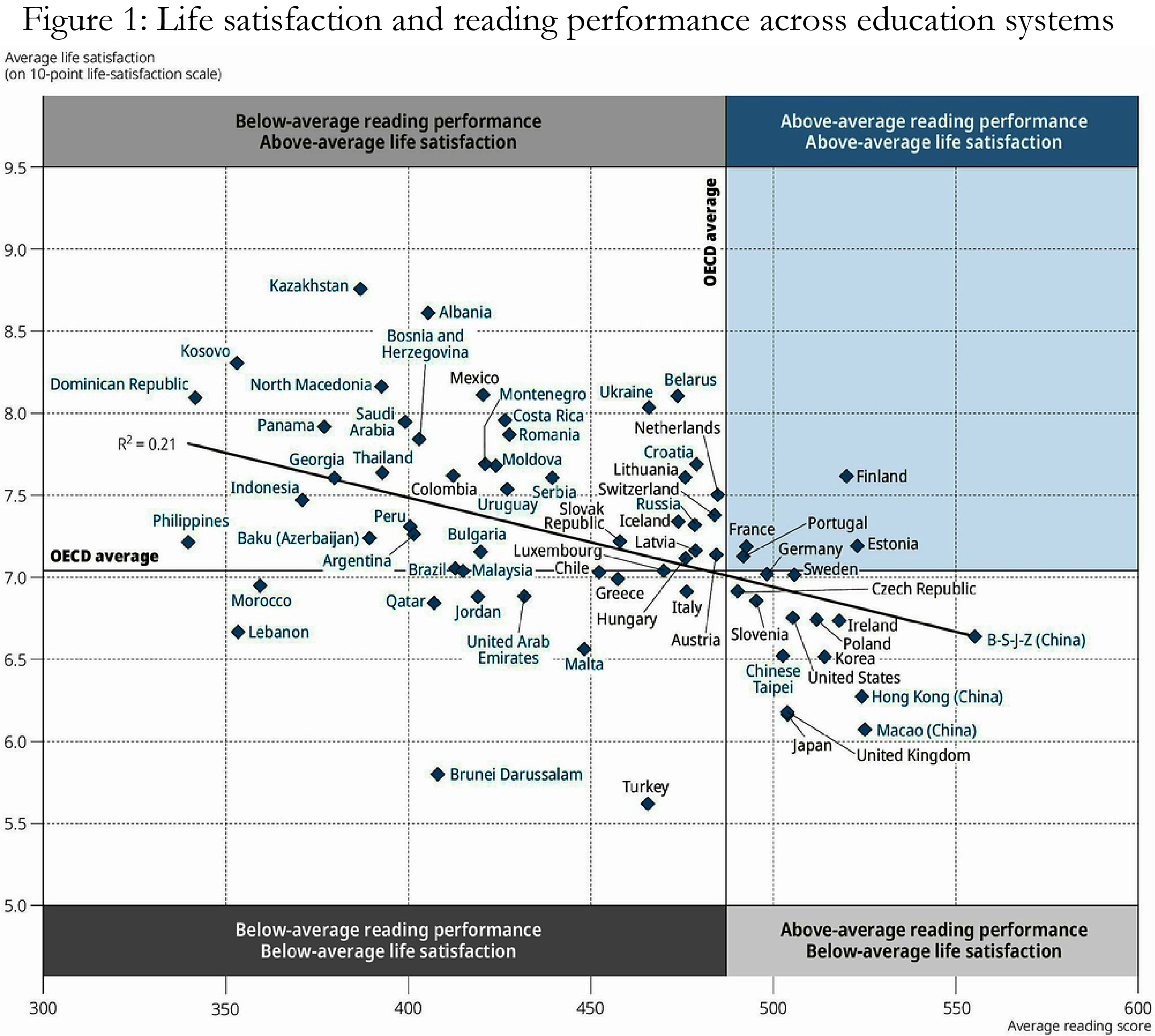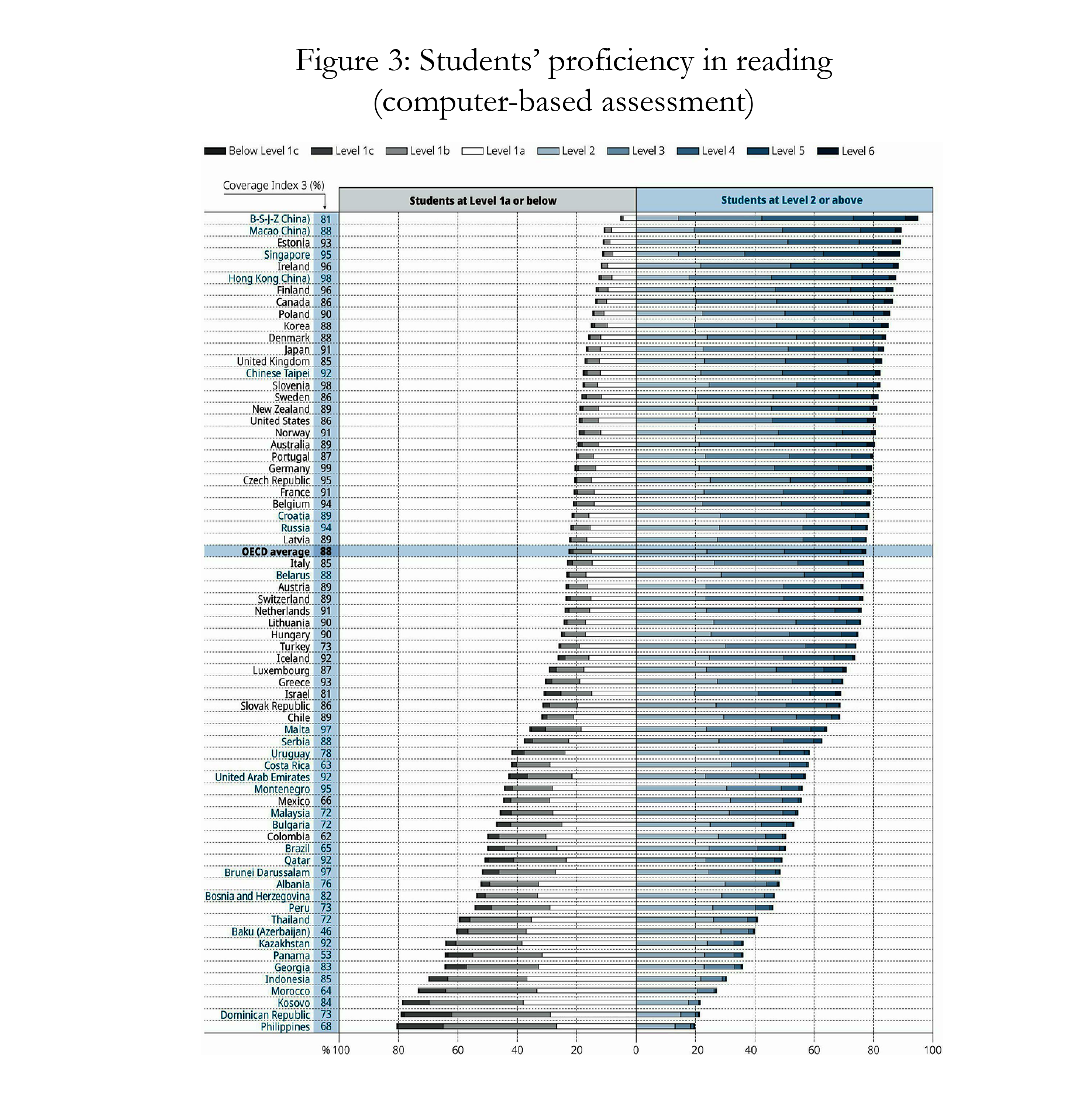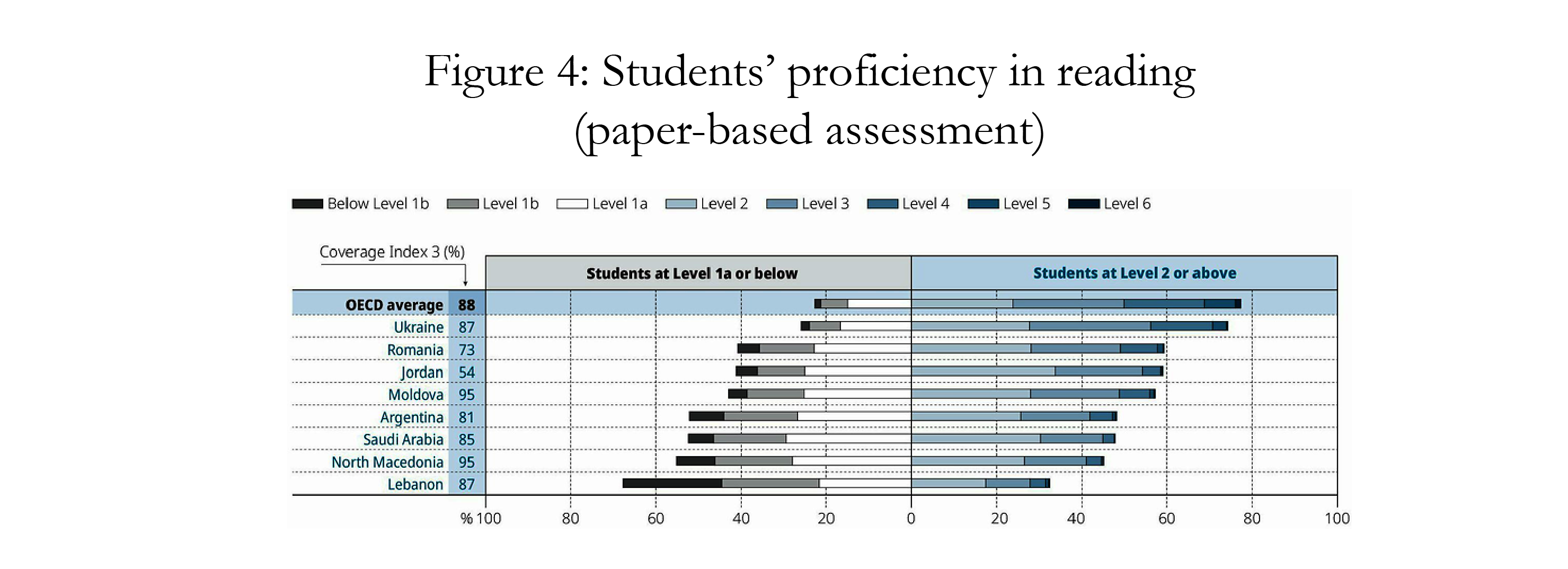Advocating for Whole Child Development?
Start and End with the Basics
July 20, 2020
Michael Ward is a Senior Policy Analyst at the Organisation for Economic Cooperation and Development (OECD) and a member of the Measuring What Matters Learning Partnership which the Global Center for the Development of the Whole Child (GC-DWC) chairs. In June 2020, Michael joined the GC-DWC’s Communications Associate, Anna Hart, for an interview on the link between Whole Child Development (WCD) and academic achievement. The following article is based on this interview.
To tell a story convincingly, you have to present compelling and strong evidence: it’s persuasive writing 101. Present your thesis, cite evidence, articulate compelling analysis, and repeat. Without strong evidence, an argument can quickly turn into an unconvincing personal opinion. You may have the most eloquent and pathos-driven argument out there, but to your toughest and most logical critics, it will merely be seen by them as just another opinion and create minimal buy-in; evidence, therefore, is at the core of any sustainable and impactful argument.
A whole child approach to education (Whole Child Development or WCD for short) is defined by policies, practices, and relationships that ensure each child, in each school, in each community, is healthy, safe, engaged, supported, and challenged. This approach is categorized by attention to the multi-dimensional aspects of a child’s growth and development such as cognitive skills, social and emotional learning (SEL), physical health, mental health, language, identity, and values.
Historically, the WCD approach has struggled to gain traction in many education systems and at the school level where the attention of policymakers, school principals, and teachers is often focused on just one aspect of child development: cognitive skills, in particular the basics of reading, mathematics, and science. Although advocates for WCD approaches to education have sought to articulate its benefits persuasively, to-date, its reception has been mixed. While no one in education directly challenges the WCD framework and most educators recognize the inherent value of addressing the multi-dimensional needs of a child’s growth and development, the development of cognitive skills continues to garner the most time and attention. Given that cognitive skills are the most important predictor of academic performance and success, the education sector’s emphasis on the cognitive component of WCD makes sense. At the very least, students need to leave school with the basics: literacy and numeracy. After all, without these skills, students will struggle to be successful in today’s society.
Given this academically focused environment, advocates for the WCD approach have found it difficult to persuade policymakers, school principals, and teachers to create the necessary space and time in their curriculum and busy school day to include programs related to the development of the whole child. This experience has led many to conclude that WCD approaches to education will only gain traction when these same policymakers, school principals, and teachers understand that far from distracting them from the core task of cognitive skill development, academic results can actually be improved if each child, in each school, in each community, is healthy, safe, engaged, supported, and challenged.
However, this kind of advocacy for WCD requires evidence of the impact the approach has on cognitive skills development.
In some areas of the WCD framework, the evidence for the relationship between WCD and academic results is clear. For example, research by the Centres for Disease Control and Prevention (CDC) in the United States shows a strong connection between healthy behaviors and academic achievement (e.g., grades, standardized tests, graduation rates, attendance). Healthy students are better learners, and academic achievement bears a lifetime of benefits for health – unhealthy students perform poorly on tests. But in other areas, such as student well-being, the relationship is less clear. Some of the happiest students in the world perform the worst on the OECD’s PISA tests.1 However, the opposite is also true: Korea’s students are among the highest scoring in PISA’s reading, mathematics, and science tests but score among the lowest when asked to rank their levels of life satisfaction (see Figure 1 from PISA 2018).

One area where there is already ample evidence available to make the connections between WCD and improved academic performance is in the domain of SEL. In particular, PISA has shown that students with high levels of conscientiousness (task performance) perform better in reading, mathematics, and science tests. PISA has also shown that students who are more open to new experiences (open mindedness) also perform better on academic tests (see Figure 2 from PISA 2018). For educators to make time for SEL in their busy classrooms, they must be made more aware of how this kind of learning will benefit their students academically: the measure by which they and their students will ultimately be held accountable.

The OECD’s ongoing study on SEL skills will provide more evidence of the factors that relate to students’ SEL development in different contexts and which SEL skills relate to healthy behaviours, overall well-being, and academic achievement. In doing so, the study will provide important international perspectives on these issues.


Finally, it is important to bear in mind that the world is in the midst of a global learning crisis. Too many children are experiencing “learning poverty” – defined as the percentage of children who cannot read and understand a simple story by age 10 – and are failing to acquire foundational skills such as basic literacy. (See Figures 3 and 4).2 This is one of the reasons why it is hard for educators to turn their attention to WCD – how can they when their education systems are failing to deliver even the basics, like proficiency in reading and mathematics. Moreover, given that reading is an important gateway skill, all children should be able to read in order to develop more complex foundational cognitive and SEL skills as they grow up. Additionally, reading is highly correlated with many key skills (e.g., in math, science, and socio-emotional domains, among others). Although daunting, this learning crisis can be another part of the rationale for advocating for WCD, especially those aspects of the framework, such as health and conscientiousness, where we already have evidence of positive impacts on learning.
It is only when educators and policymakers see how the cultivation of WCD, in particular SEL, positively affects students’ academic performance (i.e., the basics) that we will see a shift in priorities. Moreover, for the supporters of WCD, it is important to recognize how much a students’ mastery of the basics, especially reading, contributes to achieving the aims of WCD. Indeed, in the context of education systems where the majority of students fail to achieve even minimum levels of proficiency in reading, the WCD approach must go hand-in-hand with a renewed focus on the basics, especially in the early grades of primary education when reading is taught. It is not about creating a hierarchy of skills but showing the interplay among them all to create a more holistic education system to benefit future generations of students.
1. PISA is the OECD's Programme for International Student Assessment. PISA measures 15-year-olds’ ability to use their reading, mathematics and science knowledge and skills to meet real-life challenges.
2: At Level 2, students begin to demonstrate the capacity to use their reading skills to acquire knowledge and solve a wide range of practical problems. Students who do not attain Level 2 proficiency in reading often have difficulty when confronted with material that is unfamiliar to them or that is of moderate length and complexity. They usually need to be prompted with cues or instructions before they can engage with a text. In the context of the United Nations Sustainable Development Goals, Level 2 proficiency has been identified as the “minimum level of proficiency” that all children should acquire by the end of secondary education (text from PISA 2018).
Links to 2018 PISA figures:
Life satisfaction and reading performance across education systems
Percentage of students with a growth mindset and average reading performance
Students’ proficiency in reading (computer-based assessment)
